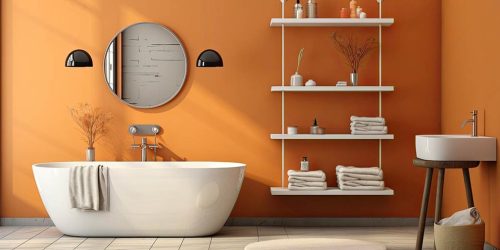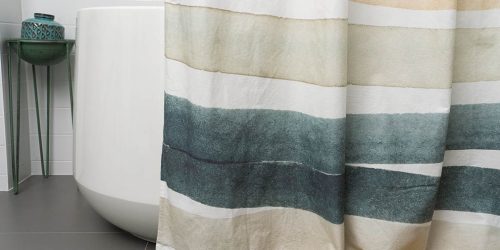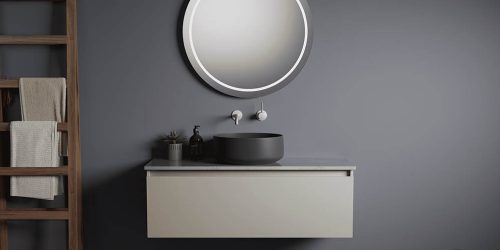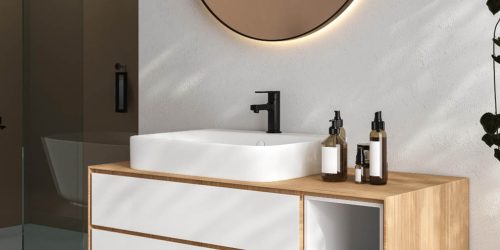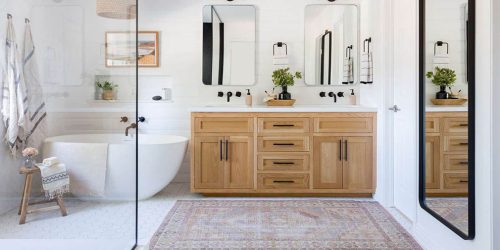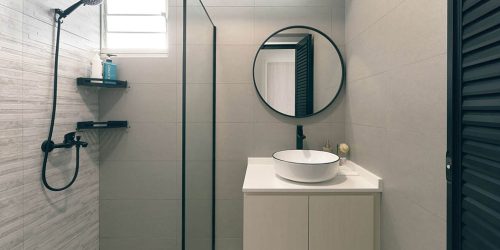How to Choose the Perfect Bathtub for Your Bathroom
Choosing the perfect bathtub for your bathroom can significantly enhance both the functionality and aesthetics of the space. Whether you’re renovating your bathroom or starting from scratch, selecting a bathtub that complements your style, meets your needs, and fits your space is crucial. With so many options available, finding the right bathtub can be overwhelming.
Understanding Your Needs and Space
Assess Your Space
Before diving into the different types of bathtubs, it’s important to assess the space available in your bathroom. Measure the area where the bathtub will be installed, including length, width, and height. Also, consider any architectural features like windows, doors, and other fixtures that might impact the installation. Knowing your bathroom’s dimensions will help you narrow down the options and choose a bathtub that fits comfortably.
Determine Your Usage
Think about how you will primarily use the bathtub. Are you looking for a relaxing soak after a long day, or is the bathtub mainly for quick showers? Your intended use will influence the type and style of the bathtub you choose. If you plan to use the tub for long baths, consider features like deep soaking capabilities and comfortable backrests. For families, a tub with a shower feature might be more practical.
Types of Bathtubs
Freestanding Bathtubs
Description:
Freestanding bathtubs are a stylish option that stands independently from the walls. They often serve as a focal point in modern bathrooms and come in various shapes and sizes, including oval, rectangular, and round.
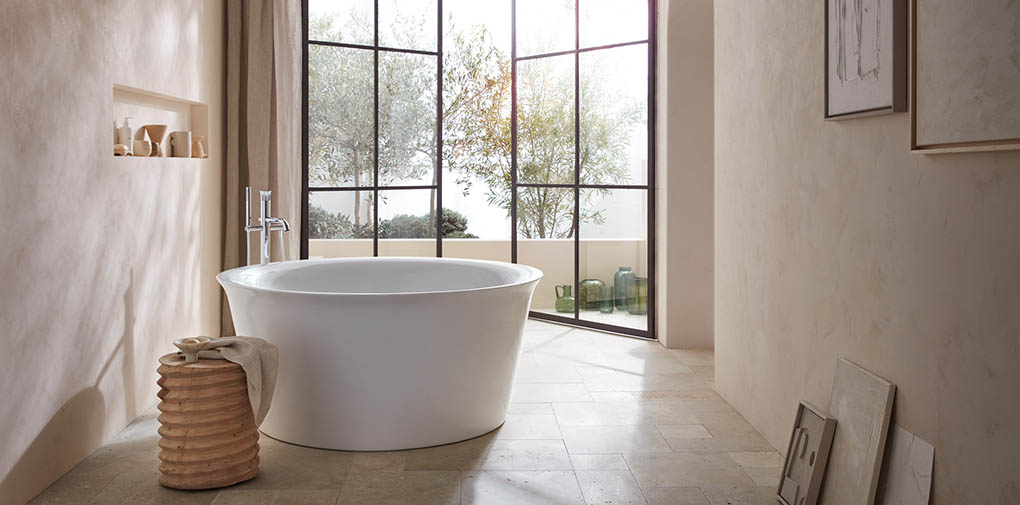
Pros:
- Aesthetic Appeal: Adds a luxurious and contemporary look to the bathroom.
- Flexibility: Can be placed anywhere in the bathroom, allowing for creative layouts.
- Easy Installation: No need for built-in supports or enclosures.
Cons:
- Space Requirements: Requires more floor space, which might not be ideal for smaller bathrooms.
- Cleaning: More challenging to clean around and behind the tub.
Alcove Bathtubs
Description:
Alcove bathtubs are designed to fit snugly into a three-wall enclosure. They are often the most common type found in standard bathrooms due to their efficient use of space.
Pros:
- Space-Saving: Ideal for smaller bathrooms as they make use of existing wall space.
- Cost-Effective: Generally less expensive than freestanding or corner tubs.
- Shower Compatibility: Often comes with built-in shower enclosures.
Cons:
- Limited Design Options: Less flexibility in design compared to freestanding or corner tubs.
- Less Dramatic Look: May not serve as a focal point in the bathroom.
Corner Bathtubs
Description:
Corner bathtubs are designed to fit into the corner of a bathroom, making efficient use of space. They are often larger and come in a variety of shapes, including triangular or L-shaped.
Pros:
- Space Efficiency: Maximizes corner space, which is often underutilized.
- Relaxing Experience: Typically larger, providing a more spacious bathing area.
- Visual Impact: Can create a stunning visual effect in the bathroom.
Cons:
- Installation: May require more complex installation.
- Accessibility: Might be less accessible for individuals with mobility issues.
Drop-In Bathtubs
Description:
Drop-in bathtubs are designed to be installed into a pre-built frame or enclosure, with the rim resting on the edge of the frame. They offer a clean, finished look and can be customized with various materials.
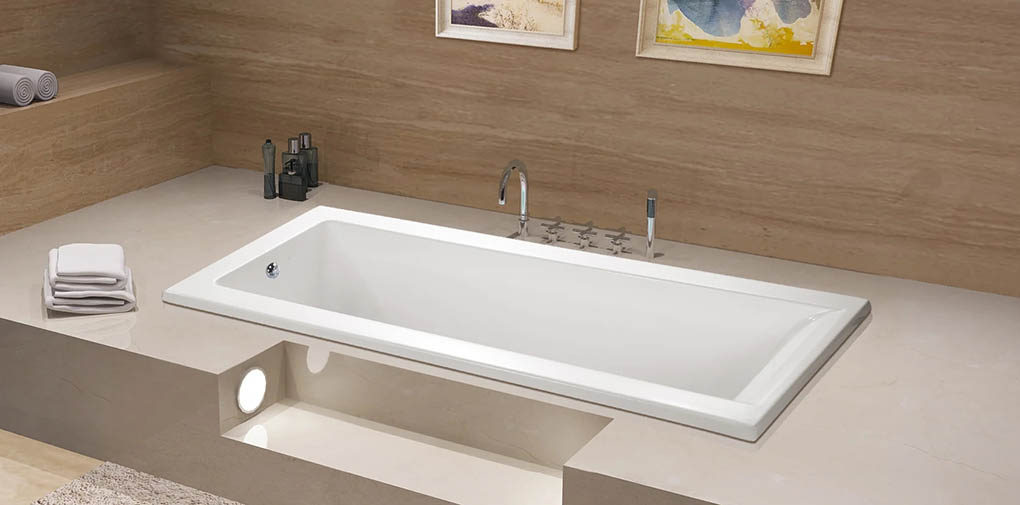
Pros:
- Customizable: Can be customized with different materials and finishes to match your bathroom décor.
- Integrated Design: Provides a seamless look when integrated into a surrounding frame.
Cons:
- Installation Complexity: Requires a pre-built frame and may involve more complex installation.
- Cost: Often more expensive due to customization and installation requirements.
Materials
Acrylic
Description:
Acrylic bathtubs are made from a durable, lightweight plastic material that is easy to clean and maintain.
Pros:
- Lightweight: Easier to handle and install compared to heavier materials.
- Affordable: Generally more budget-friendly.
- Variety: Available in a wide range of colors and styles.
Cons:
- Durability: Can scratch or dent more easily than other materials.
- Heat Retention: May not retain heat as well as cast iron or steel.
Cast Iron
Description:
Cast iron bathtubs are coated with enamel and known for their durability and classic appeal.
Pros:
- Durability: Extremely sturdy and long-lasting.
- Heat Retention: Retains heat well, providing a warm bathing experience.
- Classic Look: Adds a traditional, elegant touch to the bathroom.
Cons:
- Weight: Very heavy, requiring strong support and professional installation.
- Cost: Generally more expensive due to material and installation requirements.
Fiberglass
Description:
Fiberglass bathtubs are made from reinforced plastic, providing a lightweight and economical option.
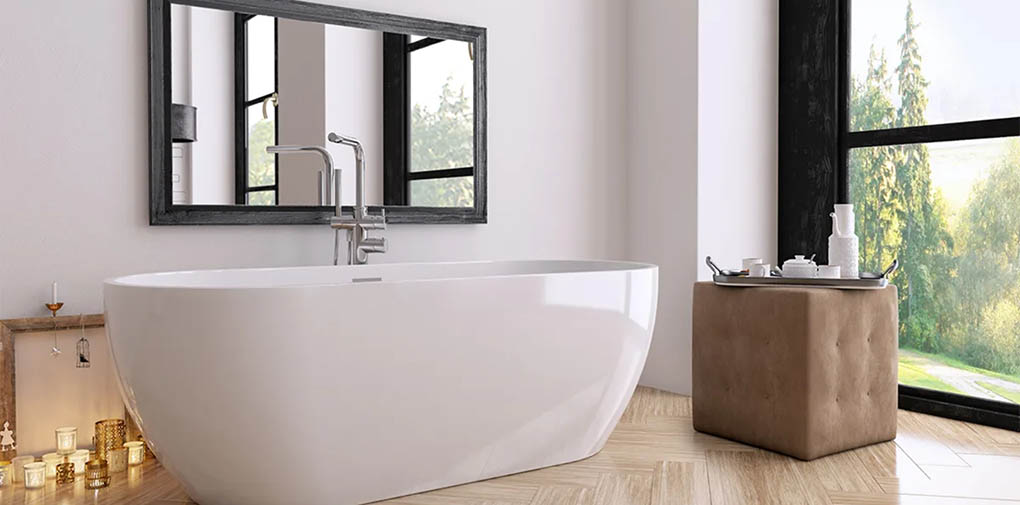
Pros:
- Affordable: Typically less expensive than acrylic or cast iron.
- Lightweight: Easy to install and handle.
- Variety: Available in various shapes and sizes.
Cons:
- Durability: Can be less durable and prone to scratching or discoloration over time.
- Heat Retention: May not retain heat as effectively as other materials.
Stone
Description:
Stone bathtubs are crafted from natural or engineered stone, offering a luxurious and unique appearance.
Pros:
- Luxury: Provides a high-end, luxurious look and feel.
- Durability: Extremely durable and long-lasting.
- Heat Retention: Retains heat well for a comfortable bathing experience.
Cons:
- Cost: Generally more expensive due to the material and craftsmanship.
- Weight: Can be very heavy, requiring special installation considerations.
Features to Consider
Size and Shape
Choose a size and shape that fits your space and meets your needs. Consider both the dimensions of the bathtub and the overall layout of your bathroom. A larger bathtub may provide a more luxurious experience, but it must fit comfortably within your space.
Comfort and Ergonomics
Look for features that enhance comfort, such as built-in backrests, armrests, and headrests. The ergonomics of the bathtub can greatly impact your bathing experience, so choose a design that allows you to relax comfortably.
Installation and Maintenance
Consider the installation requirements and ease of maintenance. Some bathtubs, like freestanding models, may require professional installation, while others may be easier to install as DIY projects. Additionally, think about how easy it will be to clean and maintain your chosen bathtub.
Budget
Set a budget before you start shopping for a bathtub. Prices can vary widely depending on the type, material, and features. Determine what you are willing to spend and look for options that fit within your budget while still meeting your needs.
Choosing the perfect bathtub involves careful consideration of your space, needs, and preferences. By understanding the different types of bathtubs, materials, and features available, you can make an informed decision that enhances both the functionality and aesthetics of your bathroom. Whether you opt for a luxurious freestanding tub, a practical alcove model, or a space-saving corner option, selecting the right bathtub will ensure that your bathroom becomes a relaxing and stylish retreat.
